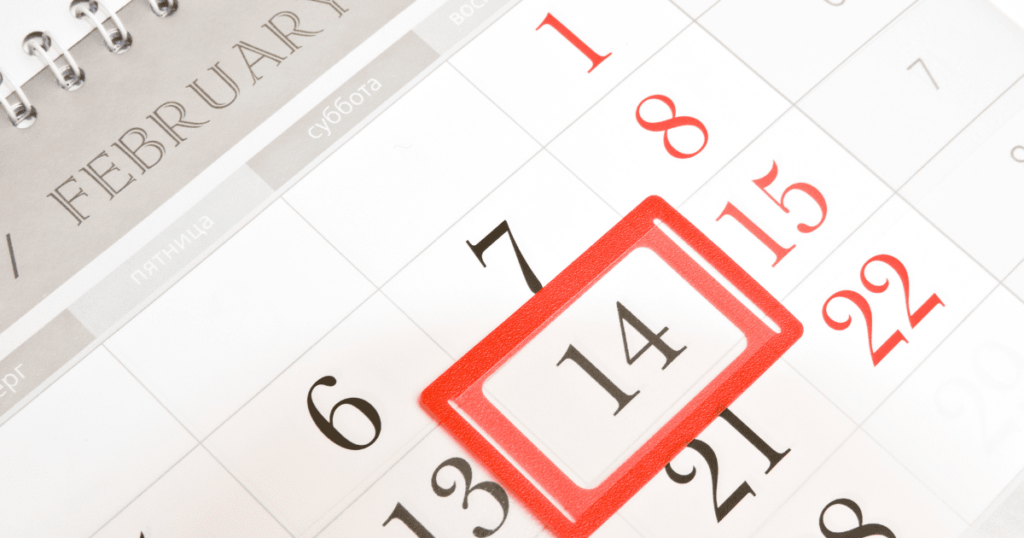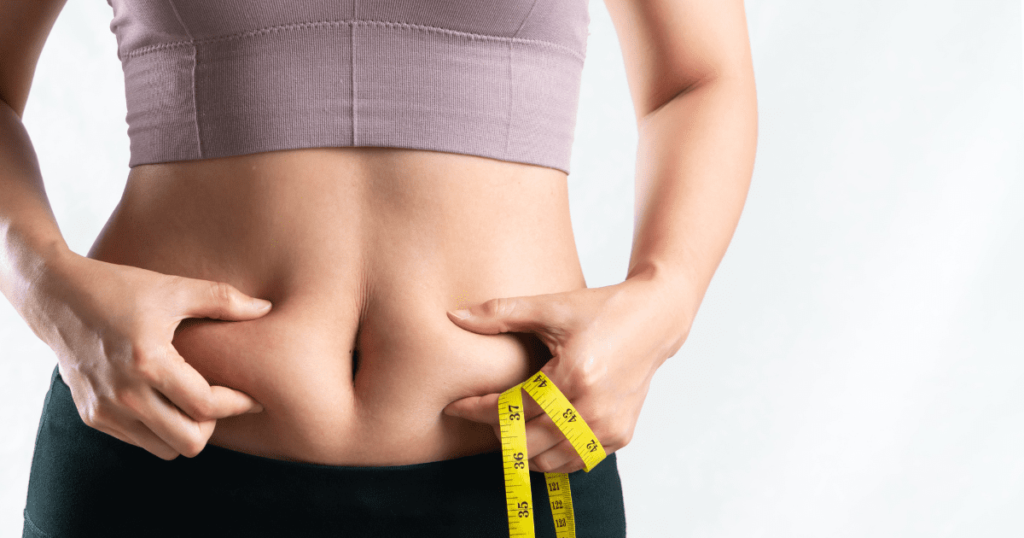This blog is dedicated to guiding you through a powerful 14-day sugar free diet plan tailored specifically for rapid weight loss.
In recent years, sugar free diet plan have gained significant popularity, especially among those looking to achieve rapid weight loss. The elimination of added sugars not only helps in shedding those extra pounds but also brings a plethora of health benefits, from improved energy levels to a reduced risk of chronic diseases.
Table of Contents
Understanding the Sugar-Free Diet Plan

What is a Sugar-Free Diet?
- Definition and Key Principles
- A sugar-free diet involves eliminating all forms of added sugars from your meals and snacks.
- Focus on consuming whole foods that are naturally free from added sugars.
- Emphasis on reading food labels to identify hidden sugars in processed foods.
- Difference Between Natural Sugars and Added Sugars
- Natural sugars are found in whole foods like fruits, vegetables, and dairy.
- Foods and drinks that are processed or prepared may include added sugars.
Benefits of a Sugar-Free Diet
- Weight Loss
- Eliminating added sugars reduces calorie intake, helping in weight loss.
- Stabilizes blood sugar levels, reducing cravings and overeating.
- Improved Energy Levels
- Keeping sugar levels steady throughout the day helps to prevent crashes and surges.
- Enhanced focus and productivity due to steady energy supply.
- Reduced Risk of Chronic Diseases
- Lowering sugar intake reduces the risk of developing type 2 diabetes, heart disease, and certain cancers.
- Promotes better dental health by reducing the risk of tooth decay and gum disease
Preparing for Your 14-Day Sugar-Free Diet Plan Journey

Set Clear Goals
- Importance of Setting Realistic and Achievable Goals
- Start with clear, specific goals for what you want to achieve in the 14-day sugar-free diet plan journey.
- Examples of goals: lose a certain amount of weight, improve energy levels, or reduce sugar cravings.
- How to Track Your Progress
- Keep a journal to document your daily food intake, energy levels, and any physical changes.
- Use apps or tools to log meals and monitor progress towards your goals.
Clean Out Your Pantry
- Tips for Identifying and Removing Sugary Foods
- To find hidden sugars in processed foods, read the labels.. Common names for sugar include sucrose, high fructose corn syrup, and maltose.
- Remove sugary snacks, candies, sweetened beverages, and other high-sugar items.
- Suggested Sugar-Free Alternatives
- Replace sugary snacks with nuts, seeds, and fresh fruits.
- Use natural sweeteners like stevia, monk fruit, or erythritol in place of refined sugar.
- Opt for unsweetened versions of yogurt, nut butter, and other packaged foods.
Plan Your Meals
- Importance of Meal Planning for a Successful Sugar-Free Diet Plan
- Plan meals and snacks in advance to avoid the temptation of sugary foods.
- Ensure your meal plans include a variety of foods to meet your nutritional needs and keep meals interesting.
- Sample Meal Planning Template
- Breakfast: Greek yogurt with berries and nuts, scrambled eggs with spinach.
- Lunch: Quinoa salad with vegetables and a protein source like beans or tofu.
- Dinner: Grilled chicken or tofu with steamed vegetables and brown rice.
- Snacks: Apple slices with almond butter, hummus with carrot sticks
The 14-Day Sugar-Free Diet Plan
Day 1-3: Detox Phase
- Focus on Eliminating All Added Sugars and Processed Foods
- Completely cut out all forms of added sugar and processed foods.
- Water consumption can aid in the removal of toxins.
- Suggested Meals and Snacks
- Breakfast: Smoothie with unsweetened almond milk, spinach, avocado, and chia seeds.
- Lunch: Mixed green salad with cherry tomatoes, cucumbers, grilled chicken, and olive oil dressing.
- Dinner: Baked salmon with steamed broccoli and quinoa.
- Snacks: Hummus-topped carrot sticks and almonds in small handfuls.
Day 4-7: Stabilization Phase
- Introduce a Variety of Whole Foods, Focusing on Balanced Meals
- Incorporate a wider range of vegetables, lean proteins, and healthy fats.
- Maintain the elimination of added sugars and processed foods.
- Suggested Meals and Snacks
- Breakfast: Greek yogurt with sliced strawberries and a sprinkle of flax seeds.
- Lunch: Lentil soup with a side of mixed greens and a vinaigrette dressing.
- Dinner: Stir-fry with tofu, bell peppers, snap peas, and brown rice.
- Snacks: Apple slices with natural peanut butter, cucumber slices with guacamole.
Day 8-14: Optimization Phase
- Incorporate More Diverse and Nutrient-Dense Foods
- Add more variety to your meals to ensure you are getting a wide range of nutrients.
- Continue to avoid added sugars and processed foods.
- Suggested Meals and Snacks
- Breakfast: Chia pudding made with unsweetened coconut milk, topped with fresh berries.
- Lunch: Quinoa salad topped with cucumbers, cherry tomatoes, and chickpeas, dressed with a lemon-tahini sauce.
- Dinner: Grilled shrimp with a side of roasted Brussels sprouts and sweet potatoes.
- Snacks: Almond butter on celery sticks and a little amount of mixed nuts.
Tips for Success on a Sugar-Free Diet Plan
Stay Hydrated
- Importance of Drinking Plenty of Water
- Maintaining hydration promotes metabolism and helps suppress appetite.
- Water facilitates toxin removal and assists in digestion.
- How Hydration Supports Weight Loss and Overall Health
- Drinking water before meals can help with portion control.
- Proper hydration improves energy levels and physical performance.
Read Labels Carefully
- Tips for Identifying Hidden Sugars in Packaged Foods
- Learn the different names for sugar (e.g., sucrose, high fructose corn syrup, maltose).
- Observe the component lists and nutrition labels on packaged items.
- Be cautious of products labeled as “low-fat” or “healthy” as they often contain added sugars.
Mindful Eating
- Eat With Awareness to Prevent Overeating and Needless Snacking
- Focus on eating slowly and savoring each bite to recognize fullness cues.
- When dining, stay away from distractions like TV and smartphones.
- Plan and portion your snacks to avoid impulsive eating.
Overcoming Challenges

Dealing with Cravings
- Strategies to Manage and Overcome Sugar Cravings
- Keep healthy snacks readily available, such as nuts, seeds, and fruits.
- Distract yourself with activities like going for a walk, reading, or engaging in a hobby.
- Gradually reduce sugar intake rather than cutting it out all at once to ease the transition.
- Suggested Healthy Alternatives
- Opt for naturally sweet foods like berries, apples, or carrots.
- Use spices like cinnamon or vanilla to add flavor without sugar.
- Try sugar-free desserts made with natural sweeteners like stevia or monk fruit.
Eating Out
- Tips for Maintaining a Sugar-Free Diet While Dining Out
- Research restaurant menus ahead of time to find sugar-free options.
- Ask the server about the ingredients and request modifications to your meal.
- Avoid sauces, dressings, and marinades that are likely to contain added sugars.
- How to Make Smart Choices at Restaurants
- Choose grilled, baked, or steamed dishes instead of fried or breaded options.
- Opt for vegetable-based dishes, salads with olive oil and vinegar dressing, and lean proteins.
- Skip sugary beverages and opt for water, herbal teas, or unsweetened drinks.
Staying Motivated
- Techniques to Stay Motivated and Committed to the Plan
- Establish short-term objectives and treat yourself when you reach them.
- To keep track of your ideas, feelings, and development, keep a notebook.
- Remind yourself of the reasons you started the diet and the benefits you’re experiencing,
Tracking Your Progress and Results
Keeping a Food Journal
- Benefits of Tracking Your Food Intake and Progress
- Identify Patterns: Helps pinpoint triggers that lead to sugar cravings and unhealthy eating habits.
- Monitor Intake: Provides a clear picture of what and how much you’re eating, aiding in portion control.
- Stay Accountable: Keeps you committed to your diet plan by documenting your daily food choices.
- How to Use a Food Journal Effectively
- Record Everything: Note all meals, snacks, and beverages, including portion sizes and meal times.
- Note Your Feelings: Track your mood, energy levels, and hunger throughout the day.
- Review Regularly: Look back at your entries to identify trends, successes, and areas for improvement.
Measuring Success
- Different Ways to Measure Your Success Beyond the Scale
- Energy Levels: Observe changes in your daily energy and stamina.
- Mood and Mental Clarity: Assess improvements in your overall mood, focus, and mental well-being.
- Clothing Fit: Notice how your clothes fit better as an indicator of body composition changes.
- Physical Performance: Track enhancements in your physical activities and exercise routines.
Adjusting the Plan
- How to Adjust Your Diet Plan Based on Your Progress and Feedback from Your Body
- Listen to Your Body: Pay attention to signs of fatigue, persistent cravings, or any discomfort.
- Modify Portions: Adjust portion sizes or meal frequency to better suit your energy needs and hunger levels.
- Change Food Choices: Incorporate more variety or different sugar-free foods to keep your meals interesting and nutritious.
- Seek Professional Advice: Consult with a nutritionist or dietitian for personalized guidance if you encounter significant challenges.
Suggested Read: Reset Your Liver: A Step-By-Step 21-Day Fatty Liver Diet Plan!
Conclusion for you!
Recap of the 14-Day Plan
- Key Phases
- Day 1-3: Detox Phase: Eliminate all added sugars and processed foods.
- Day 4-7: Stabilization Phase: Introduce a variety of whole foods, focusing on balanced meals.
- Day 8-14: Optimization Phase: Incorporate more diverse and nutrient-dense foods.
- Tips for Success
- Prioritize meal planning and preparation.
- Stay hydrated and practice mindful eating.
- Use tools like food journals to track progress and make necessary adjustments.
Embrace the journey towards a healthier lifestyle by starting the 14-day sugar-free diet plan. Experience the benefits of reduced sugar intake, such as weight loss, improved energy levels, and better overall health.
Share your experiences, tips, and questions in the comments section below. Connect with us on social media for more diet plans, health tips, and updates.
Additional Resources

Click Here to Download a printable version of the 14-day sugar-free diet plan.








